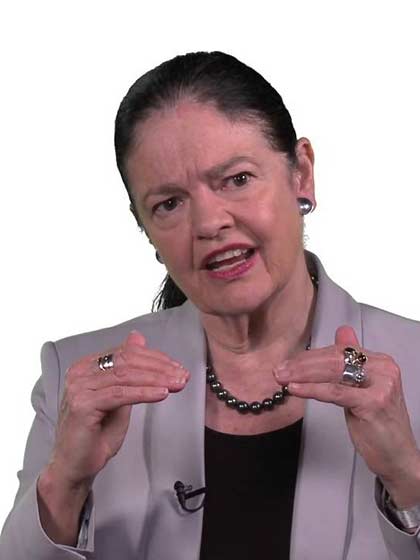Improving IT Performance Using the Balanced Scorecard
by Harry Chapman June 2006 Challenges to IT organizations have never been greater. Now, more than ever, IT organizations are the key to the long term success (or even survival) of their companies. Challenges to IT organizations have never been greater. Now, more than ever, IT organizations are the key to the long term success […]
Improving IT Performance Using the Balanced Scorecard Read More »





